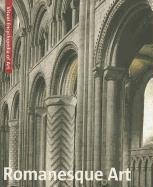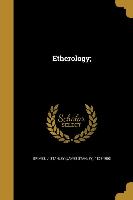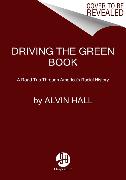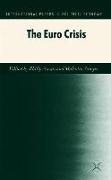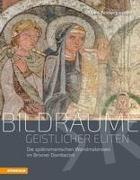Romanesque Art
BücherAngebote / Angebote:
The term Romanesque, however imprecise, is a useful key to our understanding of a period of profound innovation. Just as the romance languages shared a common root and became differentiated as they spread across Europe, the artistic language of the ¿Romanesque¿ diversified as it was interpreted in the various regions of Europe from the 11th century. This makes it possible to speak of a ¿European¿ art, even at a time of extreme geopolitical fragmentation. Common cultural references and the shared requirements and purposes of art resulted in a substantial unity in the production of the period, within a social context in which horizons, particularly human ones, were expanding. From the mid-11th century an economic and commercial revival led to the increased movements, in addition to military expeditions and bands of pilgrims, of people and merchandise across Europe. In parallel with the expansionist impulse that triggered the military conquest of the west, the Reconquista and the Crusades, there was a widespread program of construction of sacred buildings. These, with the rediscovery of ¿Roman¿ techniques such as vaulted ceilings, could be built on a monumental scale. The Church was the leading patron of the arts and the custodian of artistic treasures. It also led the way to salvation, which was announced by the severe sculpted figures animating the doorways of the great cathedrals.
Folgt in ca. 15 Arbeitstagen
